Yanko Design - Latest Posts |  |
- Ten Creative Re-Invention Of The Light Bulb
- How to be the Best Designer in the World?
- Futuristic Chitty Chitty Bang Bang
- Plate, Spoon And Glass, All In One Hand
| Ten Creative Re-Invention Of The Light Bulb Posted: 03 Jul 2009 03:31 AM PDT History suggests that over twenty inventors worked toward the creation and design of the light bulb. Of these, Thomas Edison’s version was the most efficient. We are not here to dispute any claims but to appreciate the various forms and representations it has taken. Coming to the present times (and a bit into the future), let's look at ten creative re-inventions of this light source. 10) LED Light Bulb by Frog Design
Designed to look just like an incandescent bulb, this "Trojan" has all the goodness of an LED but wears the original design. Featuring an aluminum socket plus the same warm color of a Light Bulb, this LED gives you energy savings and a life span of 30+ years. 9) (de)light by Cristina Ferraz Rigo
Adding fluidity to light, this concept looks at pouring out the illuminant into various conventional components like the bulb. 8 ) SoundBulb by Hoang M Nguyen, Poom Puttorngul & Anh Nguyen
SoundBulb is a multi-tasking bulb. It's got the lights to illuminate plus speakers to stream in the music. Talk about hardwork'in!
Like the coconut tree nothing should go waste, all should be recycled. Sticky Lamp is just that. A creative way to illuminate your space and make use of the packaging that comes with it. 6) Flat Lightbulb by Joonhuyn Kim
This is what you get when you send a light bulb on a diet! I wonder if it was a low-carb or Atkins!
Silicon Lights on a post that can be twisted out and carried all over the place! Awesome fun for parties or that special date-romantic-setting when you cook a special meal for her. 4) Accustica by Altera Design Studio
Who needs to dress up the walls in pain when you can have the wild and colorful Accustica 3) Lichtinfusion by Christian Maas
A visual treat for those who like to pepper their apartments with eccentric stuff. In Red bulbs, it’s must-have for the house of horrors! 2) Lamp Globes by Veronica Eklund
Depicting a single molecule splitting into two, the Lamp Globe is as artsy as a light-bulb can get! 1) Pocket Light by Hyun Jin Yoon & Eun Hak Lee
Crazy as it may seem, but imaging carrying your light bulb in your back-pocket! This credit card-sized wonder is powered by a small cell and is simply ingenious. |
| How to be the Best Designer in the World? Posted: 03 Jul 2009 12:44 AM PDT Have you ever wondered how you could be the best designer in the world? How to be that money making Design Virtuoso? I know I have. What about you? I sort of knew what it took, but I never really knew what it took, until today. According to Chris Guillebeau, the man behind The Art of Nonconformity, if you want to a virtuoso, or just be really good with anything (music, sport, design etc.), you will need to invest approximately 14,600 hours of practice or training to get there.
Wow. Now you know why some designers seem to be able to sketch, CAD or even design better than others. They have invested the time and effort to perfect their art. Why some designers are so good?I am willing to bet that those car designers who are able to sketch or draw so well, have put in serious time into their profession. Furthermore, I will not be surprised if many of them have been already sketching cars before they even got into design school! Therefore, if you want to be really good at something, you have to first set a goal and then put in the hours to get there. When I started out my design career, I was an old school designer living in a transition period between 2D and 3D. I had no 3D skills and no job because all the design firms were only hiring CAD jockeys at that time. Therefore I was determined to learn 3D and be the best CAD jockey there was. I made a decision to be very good at Rhino3D, in an environment dominated by Alias and Pro-Engineer. So I put in the hours, invested weekends, read the Rhino Manual from cover to cover (I kid you not!), and did all the tutorials. Not only that, I searched out every hint and tip there was on the web, and even participated in the Rhino software Beta feedback team. In no time I was churning out Rhino CAD files dead quick and to a quality that was even manufacturing ready! Passion and Dedication.Chris talks about Talent being but one of the elements in the equation. I agree, even with design, Talent is nothing without discipline. However I like to add, particularly with design, Passion and Dedication are another two elements of this equation. I find that the two are linked, if you have a Passion for something, Dedication is not far behind. There is a clear difference with a designer that lives and breathes design vs. a designer that is "oh-hum" about design. Having Passion is not just about loving design, it is also about the dedication to get knee deep in it, and the will to be designing almost all the time. I can relate to designers like Marc Newson who always seem to be critical of their surroundings and never seem to stop wanting to improve it. I can see also passionate Designers taking part in design competitions, creating their own products, or even solving problems outside of design. It is Passion that is the fuel that keeps the fires burning and the designers going in the wee hours of the morning. Being a "Jack of all Trades" is Only the Starting Point.I like to close this discussion up by addressing a big complain I always here from Industrial Designers. That is we end up being "Jack of all Trades, and Masters of None". Yes and No. The nature of the industrial design profession requires us to cover a lot of ground at school. However learning does not and should not stop when you graduate. When you do graduate, it is now up to you to focus on areas you are either interested in or perhaps areas you want to improve. For example if you start clocking just a few hours a day in sketching, you will soon have 10 hours a week, 40 hours a month and 480 hours a year etc. You see, you don't have to put in that 14,600 hours to be a Virtuoso (unless you want to!), but anybody can start being better in something when the time is invested in doing so. Best of Luck! ———- Brian is a multidisciplinary strategic industrial designer leader that goes under the pseudonym of The Design Translator. He muses about strategic industrial design at his website Design Sojourn. He often laments the lack of good soya mochas and Italian Pizzas with Rocket and shredded Parma ham in Asia. |
| Futuristic Chitty Chitty Bang Bang Posted: 03 Jul 2009 12:02 AM PDT Designer Adam vows that he never looked to any specific design while conceptualizing the City Vehicle, but I think if we were to re-do the Chitty Chitty Bang Bang car for the future urbanites then this would be it. Hosting all eco factors like solar technology on the surface of the roof, regenerative braking, electric motor and capabilities of harnessing wind power as well, this concept car is meant only for city commute. To keep the vehicle light and easy all high-tech gadgetry has been ditched and only the bare essentials incorporated. The car is meant to seat 2 people in a 1+1 in line seating arrangement, or 1 person with luggage. This is coz Adam believes that mostly people commute alone in the city (say to work) and rest of the space in the car is wasted. Practical, viable or simply OTT; I reserve my judgment on that, but I kinda like the cozy appeal that it has. Designer: Adam Palethorpe
|
| Plate, Spoon And Glass, All In One Hand Posted: 03 Jul 2009 12:00 AM PDT Dinner parties and official gatherings are a time to mingle and do some serious networking. In such situations many of us (greedy/hungry) people have to give the yummy hors d’oeuvres and appetizers a miss, so that we don't come across as awkward and messy. You know the scene: glass of wine in one hand and a plate full of goodies in the other! Mantara is the ideal solution for such social situations. It looks stylish and has a groove to hold your wine glass, a niche to secure the spoon/fork and the dish holds the appropriate proportion of food. Keep it all in one hand and let the other do the flirting! Designer: Gabriel Contino
|
| You are subscribed to email updates from Yanko Design To stop receiving these emails, you may unsubscribe now. | Email delivery powered by Google |
| Google Inc., 20 West Kinzie, Chicago IL USA 60610 | |

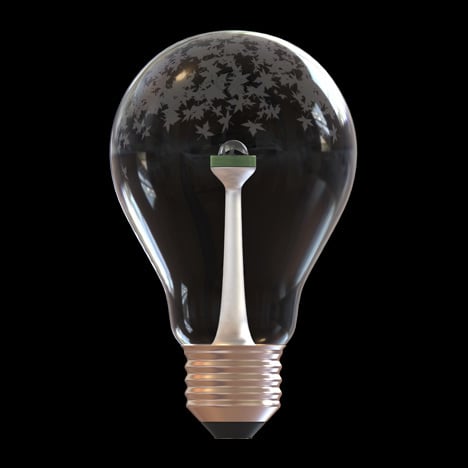
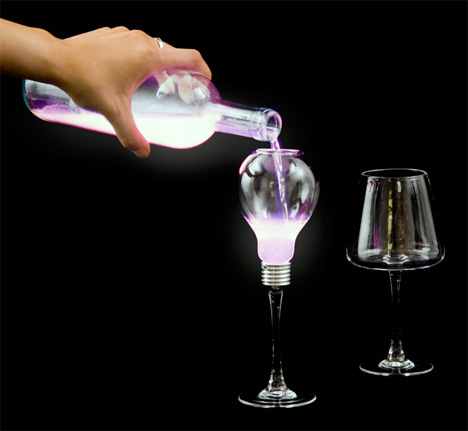
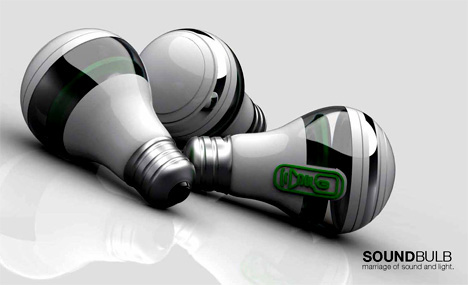
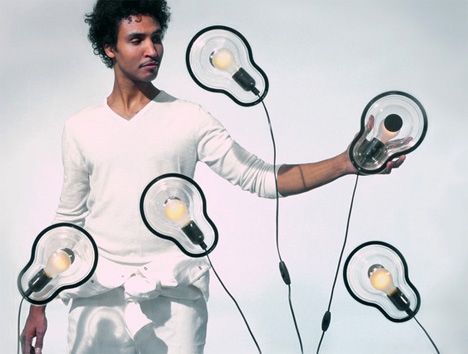
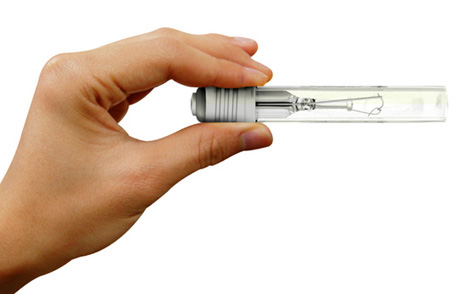
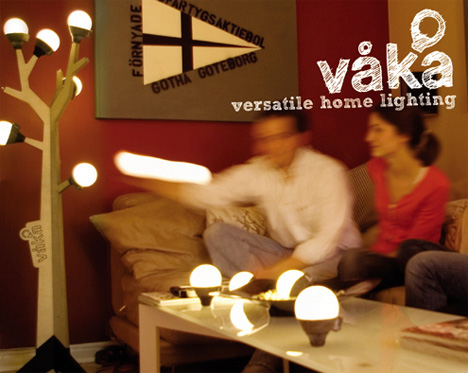
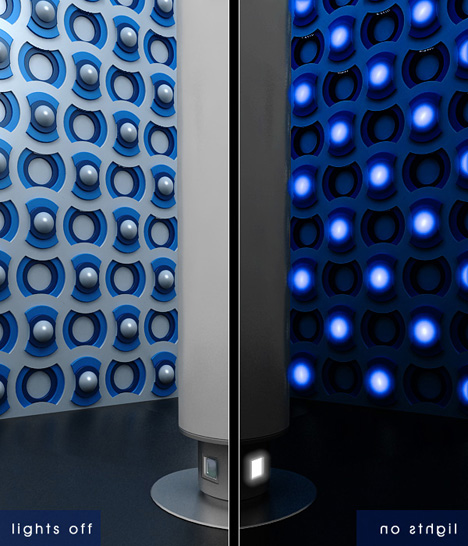
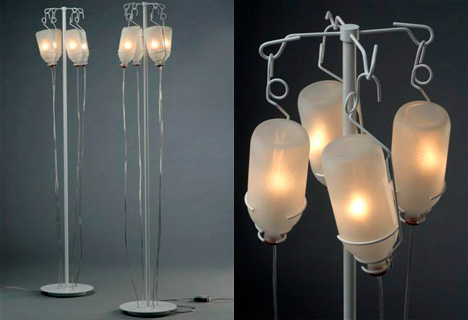
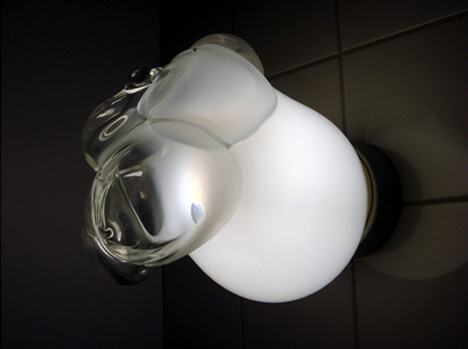
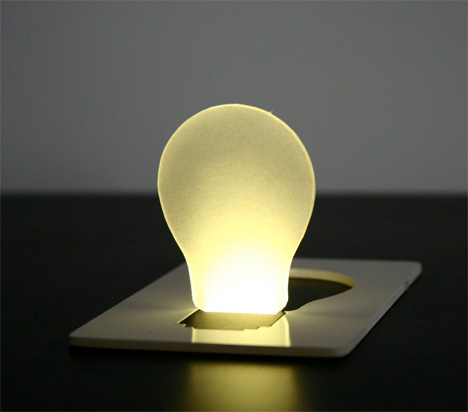
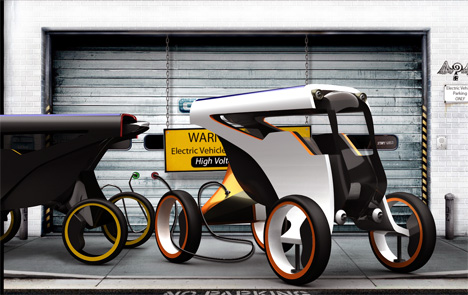
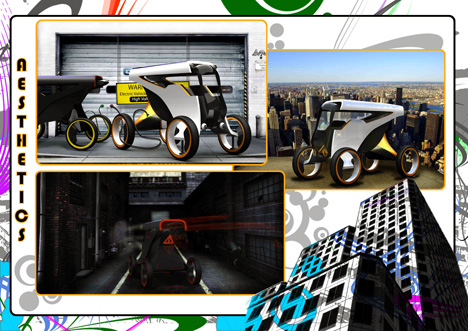
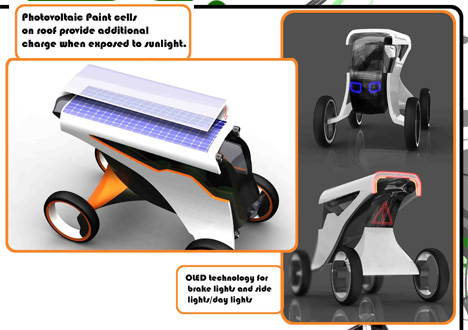
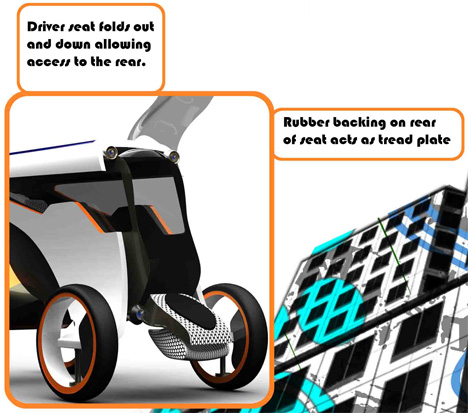
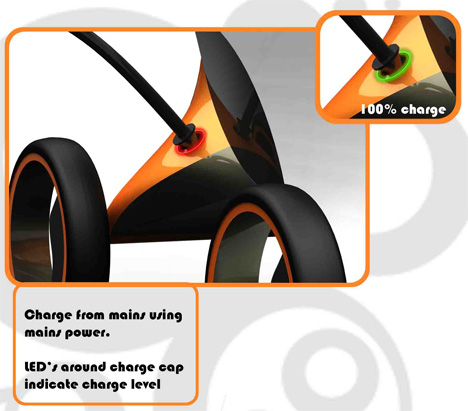
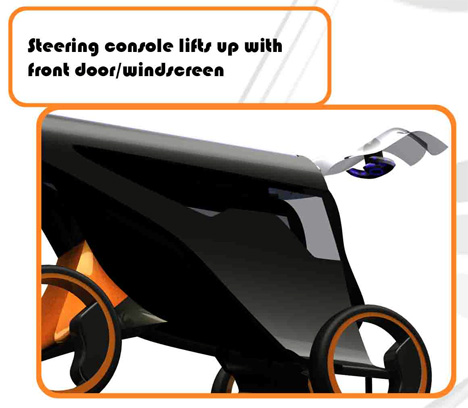
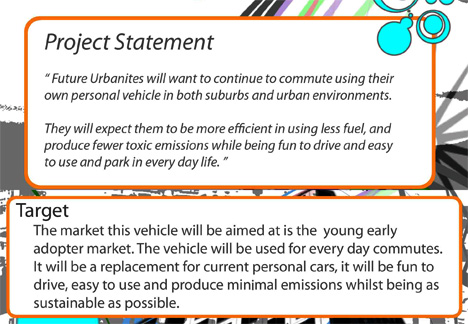
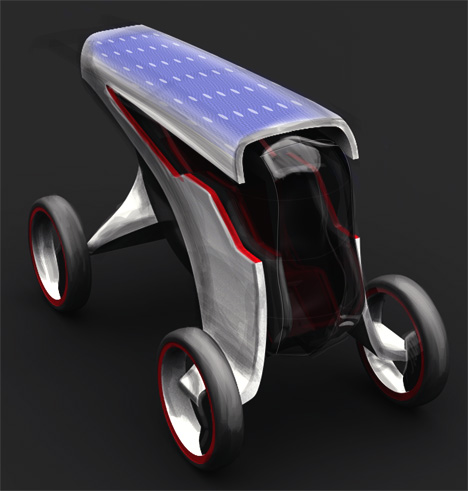
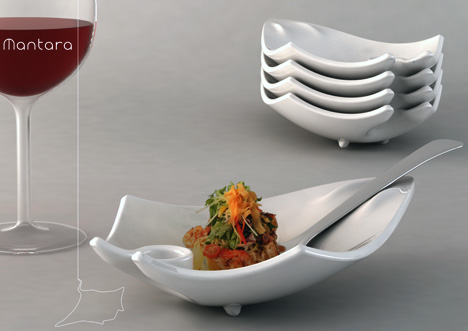
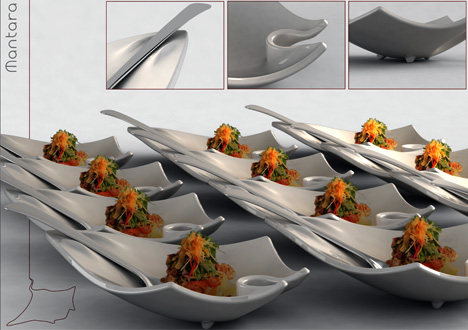
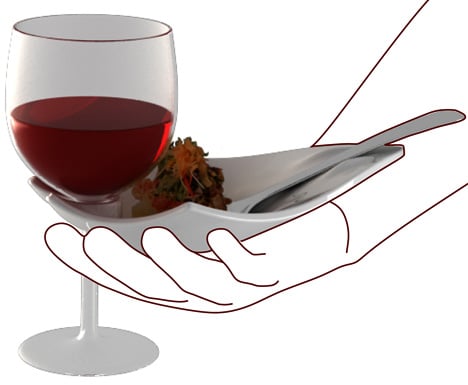
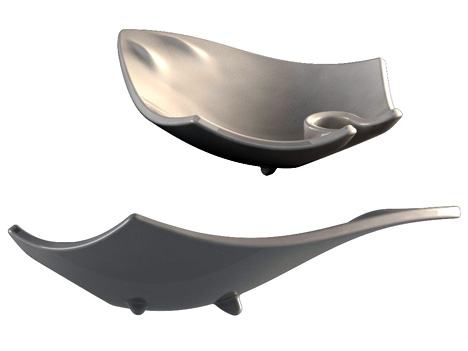
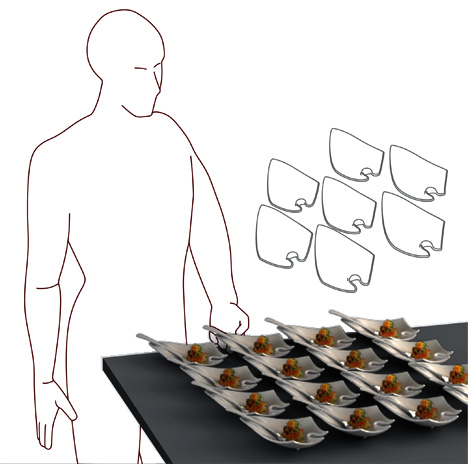
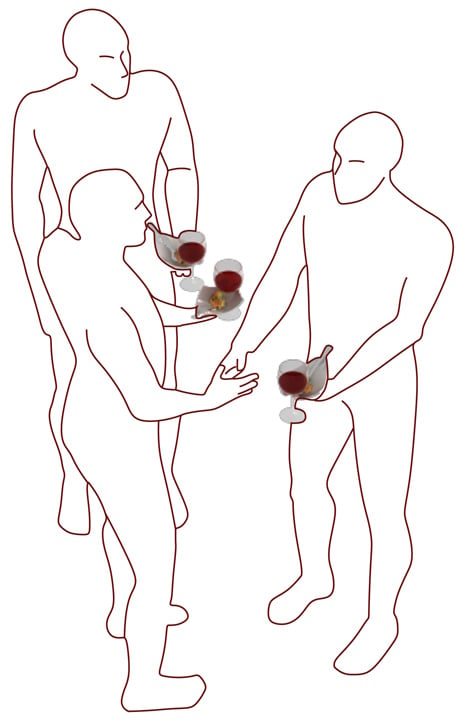
No comments:
Post a Comment